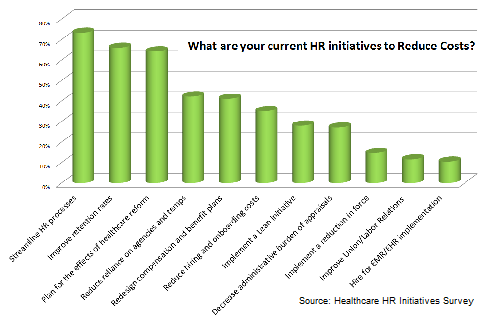Of the many obstacles to improving employee engagement in an organization, creating buy-in for employee engagement surveys and respective change initiatives is perhaps one of the most challenging — and the most prolific.
Are senior executives actually indifferent about employee engagement? Are managers too close-minded to realize the positive effects of engagement? Are employees too needy or too hard-to-please?
The answer to any of these questions is simply “No.” Don’t believe me? Keep reading.
Senior Executives
DecisionWise recently brought on a group of student interns from Brigham Young University to conduct a study of employee engagement best practices. Among other interesting conclusions, this study found that a significant portion of companies reported that senior executives would clearly buy into employee engagement initiatives if provided with an executive summary of the findings — including potential action items that would directly impact the bottom line. The keys here? Clear findings with clear recommendations for action.
Executive teams’ self-interests are similar across many organizations. You will want to anticipate the answers to these potential questions when working with members of this team:
- What is driving engagement in our organization?
- How does engagement impact our bottom line?
- How do we measure up with competitors?
- What are my employees saying, and why does it matter?
Answering these questions in an executive summary is the most effective way to create buy-in with senior executives.
From the companies surveyed, one firm indicated that having an executive summary “made all the difference” in getting buy-in from the company’s senior management. Other companies commented on the design of the executive summary, specifically mentioning the influence of displaying the top five drivers and the top five inhibitors of engagement in the firm.
I’ll ask again, are senior executives indifferent when it comes to employee engagement? Definitely not; they just might not recognize the financial power engagement holds.
Managers
Managers, like senior executives, are concerned with the organization’s bottom line; however, managers also crave understanding of a company-wide vision for the engagement initiative.
Why does implementing cultural change matter? Answering this question with rock-solid financial and operational figures and a concrete definition of your vision for the employee-engagement project will help you get buy-in from this group.
So, are managers actually close-minded? No, they simply need help seeing “the big picture” — one that covers all departments, locations, and job levels in the organization.
Employees
Disengagement breeds disengagement. Some studies report that disengaged employees annually cost firms $3,400 for every $10,000 of salary. If an engagement initiative starts but does not succeed, engagement rates fall according to the following pattern:
- 33 percent of employees are engaged before any surveys are issued.
- 25 percent of employees are engaged if surveys are completed, but a firm does not create any action plans.
- 20 percent of employees are engaged if surveys are completed, action plans are made, but no follow-through is achieved.
Thus continues the vicious cycle, unless and until the engagement initiative is completed successfully. Survey results indicate that working on action plans that can be accomplished more quickly and more early in the year help employees see immediate changes, thereby creating buy-in.
In our experience working with companies in over 60 countries, we’ve witnessed a very common trend: employees don’t want promises; they want action. Are your employees really asking for too much? Not at all.
If you’re experiencing some push-back from any of these groups as you prepare to roll out another employee-engagement and cultural-change program, try the above recommendations.
Have you experienced friction from different groups in your organization when trying to start employee-engagement surveys and cultural-change initiatives? How have you responded to the skepticism? Share your stories with us in the comments.
This was originally published on the DecisionWise blog.
